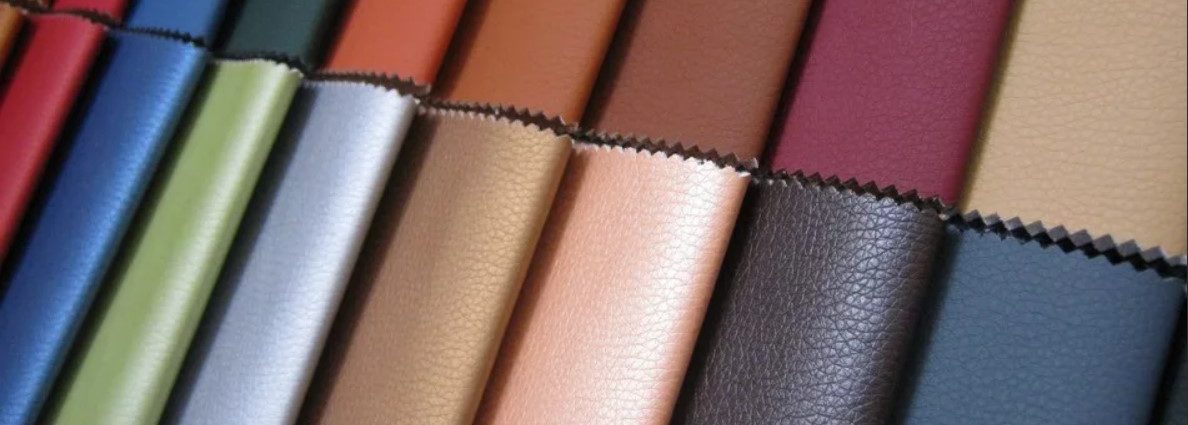 This species is known as "glued leather", it is obtained in different ways. Let's get acquainted with the basic concepts of the components of the material, find out how it is used in the production of footwear. What is composite leather, we will consider its pros and cons in detail.
This species is known as "glued leather", it is obtained in different ways. Let's get acquainted with the basic concepts of the components of the material, find out how it is used in the production of footwear. What is composite leather, we will consider its pros and cons in detail.
Composite leather - definition
Reference! Composite leather is a material that is produced by pressing and then combining residues from the leather industry.

Pressed leather
The process and stages of its manufacture may be different, but the principle remains the same.
What is composite leather made from?
A continuous fabric appears after gluing together small pieces of leather that became redundant after the production of the main product. The elements are combined into a single composition using pressing. Adhesives are not used.
 Brief description of the process - small pieces are heated in hot water and rolled into one base.As a result of heat treatment of leather scraps, a composite variety appears. The naturalness of the material is confirmed by the procedure for its creation.
Brief description of the process - small pieces are heated in hot water and rolled into one base.As a result of heat treatment of leather scraps, a composite variety appears. The naturalness of the material is confirmed by the procedure for its creation.
Unlike many fabrics, pieces can be dyed, polished, and varnished. The canvas is not capricious, it is easy to work with, it can be given a suede surface, embossed, or metalized.
To identify the value and recognize the distinctive features of leather, it is worth familiarizing yourself with its composition. Compositional the material is made from various scraps:
- Old leather clothing that has become unusable and cannot be restored or repaired.
- Small waste, stripes left after sewing products.
- Leather dust, flour. These materials are used to create artificial suede.
Important! To create composite leather, do not use scraps of unprocessed animal skins or worn-out shoes.
Application of composite leather in the footwear industry
The main area of use is shoe production.
If boots are made entirely from this leather, then they will not last long, they will turn out to be impractical, they will last a maximum of 2 seasons.
Benefits of leather from waste
 The advantages of the material include:
The advantages of the material include:
- Compared to artificial materials, leather is durable;
- natural fibers;
- beautiful appearance, it is difficult to distinguish it from real leather;
- The material can be painted in any color, due to this there is a variety of shades.
Other types of materials are produced from the composite type - artificial suede.
Flaws
Many inexpensive bags and boots, the sellers of which convince of their naturalness, are made from this material. TO disadvantages include:
- lower level of strength due to the fact that it is pressed;
- Over time, shoes and boots begin to get wet;
- due to the lack of integrity of the fabric, the products will not keep you warm in cold weather; the acceptable temperature is less than -15°;
- boots cannot be used for wearing in the rain or walking on rough terrain.

Pressed leather upper
Differences between leather and composite version
Feet will not breathe in shoes made of composite leather. The surface does not stretch because it is glued or pressed. It also has a short service life - a maximum of 2 seasons.

Differences between genuine and pressed leather
Important! The leftovers are small in size, so they are not suitable for sewing a whole item. But due to its natural composition, this type of leather is more expensive than leatherette.
Application in the footwear industry
Composite material is used for sewing insoles and soles. It is also used for the back of boots and shoes.
 If a person wants to buy genuine leather shoes, but his budget is limited, then he can buy a product made of composite material. If you take care of them, wear them only in dry weather and do not wear them at temperatures below -15°, then they will last more than 1 season.
If a person wants to buy genuine leather shoes, but his budget is limited, then he can buy a product made of composite material. If you take care of them, wear them only in dry weather and do not wear them at temperatures below -15°, then they will last more than 1 season.


 0
0





